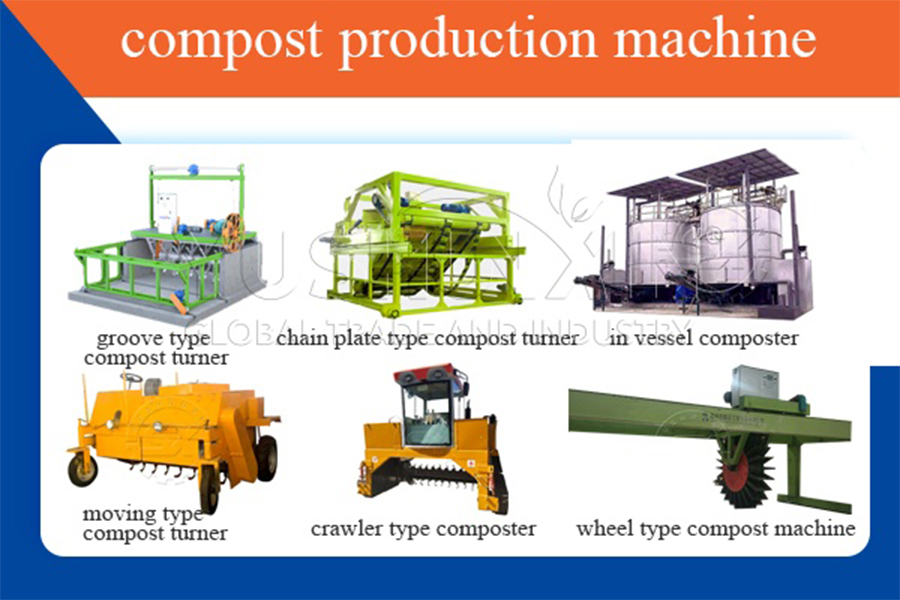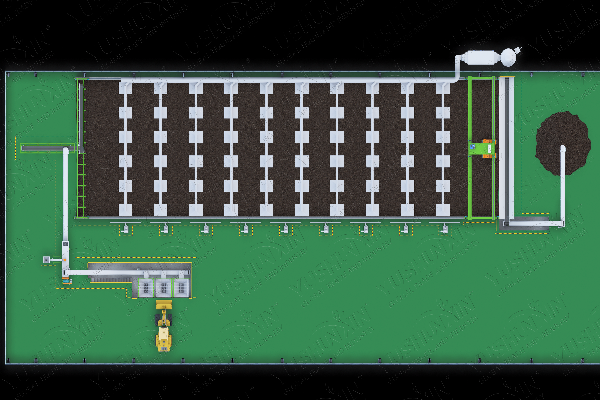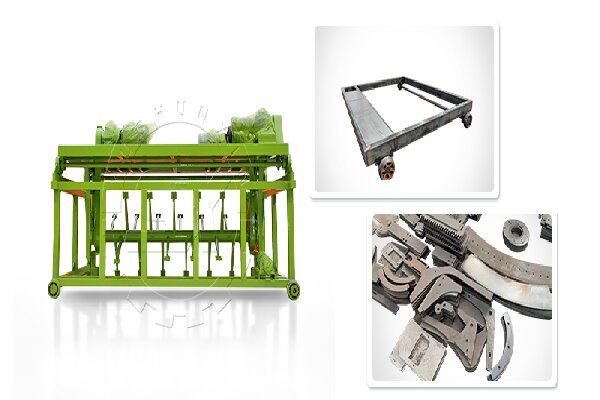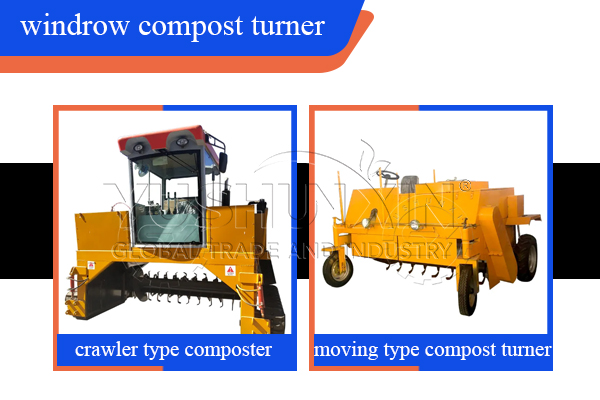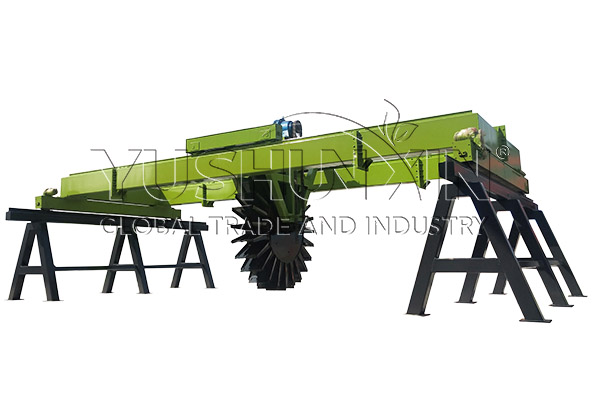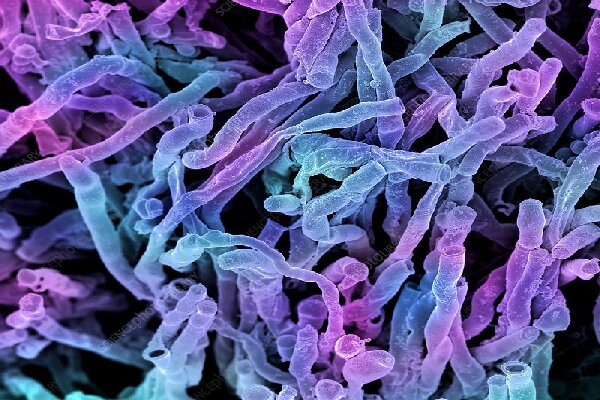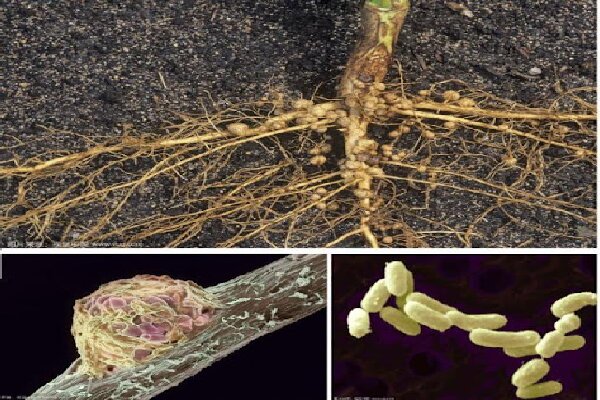Biofertilizer composting can improve resource utilization and reduce soil improvement costs. Temperature, oxygen and humidity are the main factors affecting bio fertilizer composting. To promote the decomposition of organic matter, you can add appropriate amounts of bacteria, such as aerobic fermentation agent and quality azotobacter. Moreover, in the process of making bio organic fertilizer, you can use a biofertilizer composting machine to speed up fermentation time. YUSHUNXIN has a variety of fermentation composting equipment with different output and performance, you can choose the right one through consultation.
What kinds of biofertilizer composting machine are available?
Regular heap turning is an indispensable step in composting bio organic fertilizer. It can accelerate the decomposition rate of organic waste, shorten the composting cycle of biofertilizer, and improve the yield and quality of compost. Therefore, to make periodic heap rollovers easier, you can choose the bio fertilizer compost turning machine.
Groove type compost turner
The groove type compost turner, also known as channel type compost turner. It is widely used in the fermentation and decomposition of organic biofertilizer plants, sludge dumps, garden fields and so on. Its turning span can be between 3-30m meters. At the same time, the flipping depth can reach 0.8-1.8 meters. Our company has a variety of models and specifications. Such as double slot and half slot to meet your different needs. When you use it, you should set up a fermentation slot. At the same time, our company will provide you with a shift car, flexible operation, to achieve a machine with multiple slots.
Windrow compost Turner
Windrow composting machine is a biofertilizer making model that saves civil construction and human resources. When you compost biofertilizers, there is no need to build fermentation slots, you simply arrange the organic waste in strips. This helps you save composting space as well as labor costs. YUSHUNXIN has two types of windrow compost turner. The first kind is a crawler type compost turner, which can handle 1000-1500m³ bio fertilizer per hour, and can operate in complex terrain without restriction. The other is a moving type turning machine, which can work in the open field or in the workshop greenhouse. It is suitable for small and medium-sized bio compost.
Wheel type compost turner
Wheel type compost turner is suitable for large-scale biofertilizer production. It can quickly turn livestock and poultry manure, sludge waste biogas and other organic waste compost. Compared with the traditional pile flipping equipment, its flipping depth can reach 1.5-3 meters, and the maximum flipping width can reach 30 meters wide. You can flip without dead Angle by adjusting the speed shift trolley. And it uses a unique energy-saving and efficient transmission mechanism, reducing energy consumption by 70%.
You can choose the appropriate composting machine according to the size of your biological fertilizer production line. The use of biofertilizer fermentation equipment can automatically complete the turning bio fertilizer, improve the composting efficiency. It can also fully mix microbial inoculants, ferment evenly, and improve the quality of bio organic fertilizer.
Which elements play a role in determining the quality of compost biofertilizers?
Oxygen
The biofertilzer composting process is an aerobic process, that is, it requires oxygen in order for the microorganisms to develop properly, so aeration is an important factor in the composting process, as oxygen is essential for the metabolism and respiration of the microorganisms involved. Aeration has a dual purpose, firstly to provide sufficient oxygen for microorganisms, and secondly to maximize the removal of the resulting carbon dioxide; Similarly, aeration also prevents compaction of organic biofertilizer materials or accumulation of water.
Humidity
Microbes need water to transport nutrients and other elements, and water is also crucial in gas exchange. In the bio fertilizer composting process, the humidity must reach about 40-60%. Therefore, it is necessary to pay attention to real-time monitoring of the moisture content of composting, and adopt timely measures to maintain bio compost normal moisture.
Temperature
It is important to track the decomposition of organic matter. When a biofertilizer is composted, it undergoes a temperature cycle caused by microbial metabolic activity, and the increase in metabolic activity generates heat, which leads to an increase in temperature. Conversely, the decrease in microbial activity is represented by a decrease in temperature. The temperature of the compost should be controlled between 55°C and 65°C.
What bacteria can be added to compost biofertilizer ?
In the composting biofertilizer process, the commonly used composting bacteria mainly include the following:
Aerobic fermentation agent
Aerobic fermentation agent mainly includes some aerobic microorganisms, such as Bacillus subtilis, actinomyces and so on. These bactericides can help you improve the fermentation efficiency of your biofertiliser compost and promote the degradation and decomposition of organic matter. It can also inhibit the growth of harmful microorganisms.
Quality azotobacter
Azotobacter is a class of microorganisms that can fix nitrogen in the air into ammonia nitrogen that can be absorbed by plants. The addition of high quality nitrogen-fixing bacteria can increase the nitrogen content in compost and improve the fertilizer efficiency and nutritional value of biological fertilizer compost.
Content


